‘Deep Sky’ IMAX Film Celebrates the Passionate People Who Built Webb

Following the journey of the James Webb Space Telescope and the brilliant minds who made it possible, Deep Sky is a new IMAX film hitting theaters tomorrow, April 19. PetaPixel chatted with one of these brilliant minds, NASA’s Matt Mountain, who has worked on the Webb team since 2002.
Previously the director of the Gemini Observatory, Mountain has seen the new movie in IMAX and was blown away by how much the giant screen and bombastic audio of an IMAX theater helps bring the magic of Webb to life.
“It was a little bit more emotional I thought [it would be], to be honest,” Mountain says of seeing the film.
Deep Sky does a great job of showing the tense moments when the entire Webb team watched the groundbreaking telescope launch into space, knowing that it was only the beginning. Webb has hundreds of single-point failures, meaning that if something goes wrong as the telescope rockets through space and begins to unfold itself, it would be a big problem.
“It was a bit nail-biting waiting for the whole sunshade to come out,” Mountain recalls. You can feel the relief of the Webb team as they watched their computer screens to see if everything went according to plan — a plan that was decades and billions of dollars in the making.
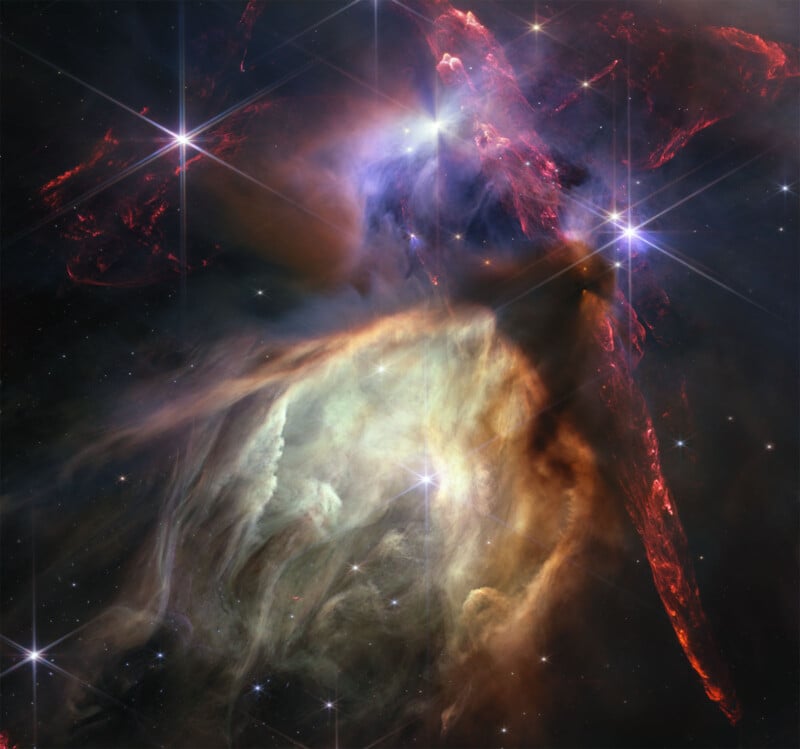
Once the telescope was in position and its sunshade out, the nervy work had only just begun. Mountain and his team had to get all 18 of Webb’s mirrors aligned so that the cameras could work properly.
“You’re moving the mirrors a hundreds of a nanometer at a time,” Mountain explains. “When we looked in the background of the [test] image, we saw these things and I thought, ‘That must be cosmic rays on the detector.'”
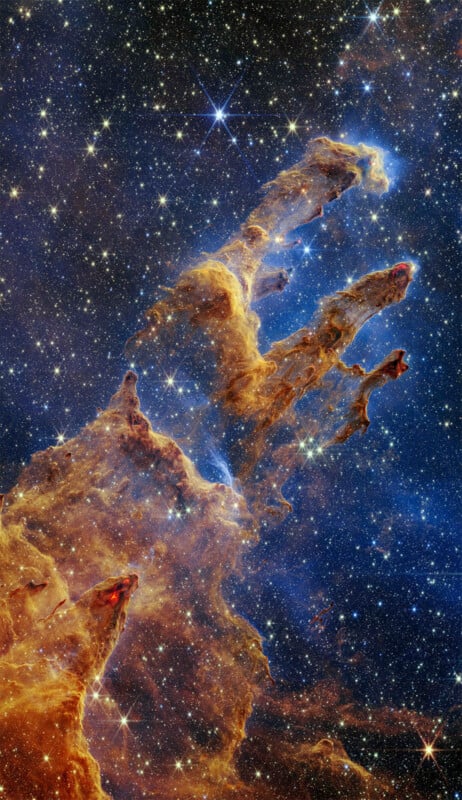
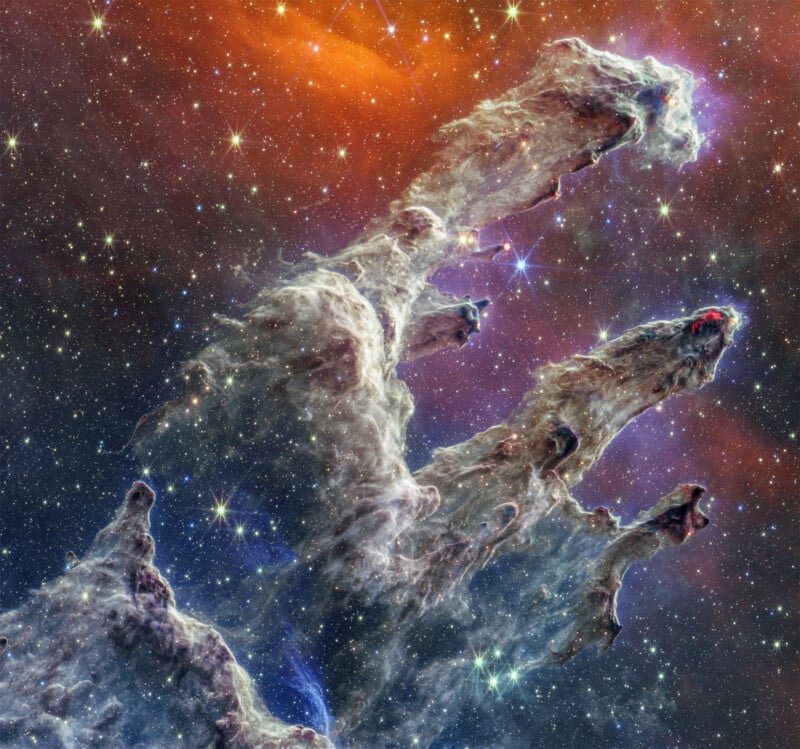
But no, these specks weren’t aberrations — they were galaxies.
“The ‘background noise’ was just the sky full of galaxies,” Mountain says. “That’s when I realized, this thing works.”
“We can see a planet, we can see a star… and we can see some of the most distant galaxies in these single snapshots.”
“There is no empty sky. There are only galaxies. It was an amazing moment.”

These first images weren’t meant to see into the depths of the Universe, they were just throwaway photos to help engineers get everything lined up. In just 20 minutes of exposure, not meant to see anything special, “the whole sky was lit up with galaxies.”
Mountain says that the background of one of these initial test shots is still his phone background.
“All we were doing was tuning the telescope. We expect to see nothing other than one of these single star images with those six spiky things [diffraction spikes], and in the background were galaxies,” says Mountain. It is when he realized that this project, what he and thousands of others had spent years of their lives building, was not just going to work, it was going to change everything.
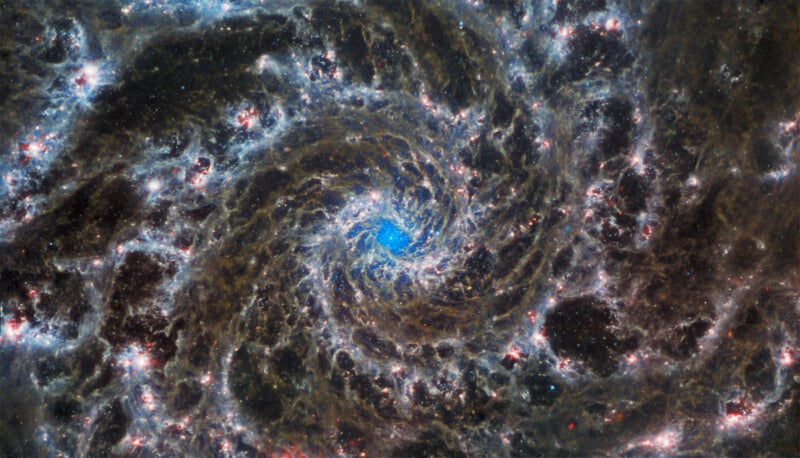
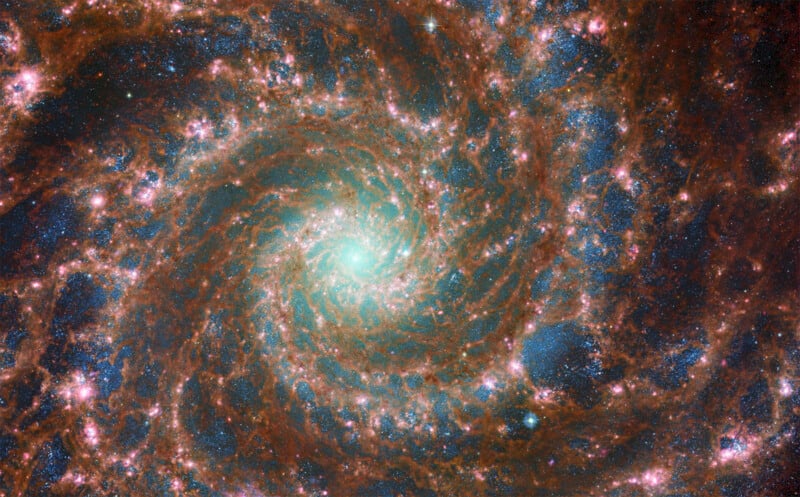
That is something else Deep Sky shows so well, and I’m getting literal goosebumps writing about it now. For people like Mountain, the James Webb Space Telescope is the culmination of years of exceptionally challenging work. For people like me, Webb is a portal to the cosmos. It brings humanity’s vision to places it has never been before. Webb is scouring uncharted waters and finding beauty no human has ever seen before.
“There is always uncertainty that lurks in the background of your mind,” Mountain recalls of the harrowing moments waiting for Webb to survive its rocket into space, for the sunshade to deploy, for the mirrors to line up… everything. “The unknown… you’d be crazy not to have that fear of the unknown. You’d be crazy.”
The James Webb Space Telescope mission has not only worked out so far, it has exceeded expectations. There is so much more to come, and the telescope promises to transform human understanding of the Universe. Personally, I cannot wait to see what’s next.
Deep Sky is coming to IMAX theaters nationwide tomorrow, April 19, 2024. To check for local showtimes, visit IMAX’s website.
Image credits: NASA, ESA, and CSA. Caption information provided by NASA. Deep Sky was directed, written, and produced by Nathaniel Kahn, narrated by Michelle Williams, and produced by Bonnie Hlinomaz.